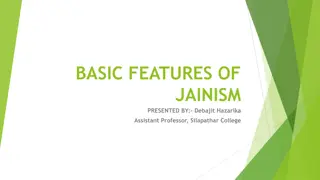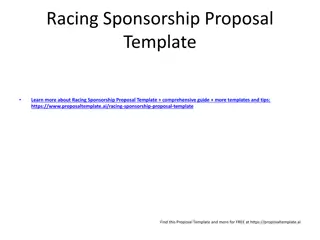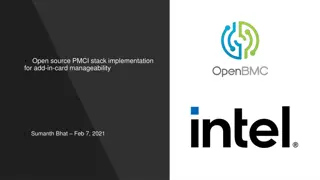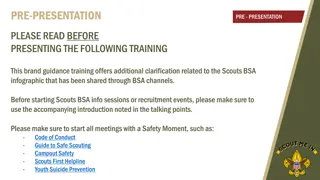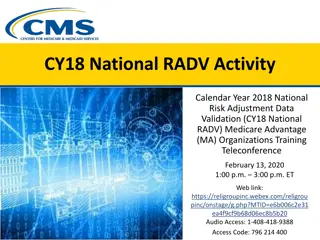
Enhancing Onion Routing for Secure and Anonymous Communication
"Learn how Onion Routing provides protection against traffic analysis and eavesdropping, enabling anonymous communication through a diverse network of routing nodes. Discover proposed modifications to enhance security and eliminate limitations in the system."
Download Presentation

Please find below an Image/Link to download the presentation.
The content on the website is provided AS IS for your information and personal use only. It may not be sold, licensed, or shared on other websites without obtaining consent from the author. If you encounter any issues during the download, it is possible that the publisher has removed the file from their server.
You are allowed to download the files provided on this website for personal or commercial use, subject to the condition that they are used lawfully. All files are the property of their respective owners.
The content on the website is provided AS IS for your information and personal use only. It may not be sold, licensed, or shared on other websites without obtaining consent from the author.
E N D
Presentation Transcript
Modified Onion Routing GYANRANJAN HAZARIKA AND KARAN MIRANI
Onion Routing Provides measures against traffic analysis. Provides protection against eavesdropping. Provides bi-directional anonymous communication. Provides anonymous socket connection through a proxy server for easy deployment.
Routing Topology Consists of the initiator, it s proxy server, the responder s proxy server, the responder and the nodes on the route between the initiator and responder Creates an anonymous, bi- directional, real-time VC between initiator and responder. Each node (except initiator s proxy server) knows nothing but the previous and the next hops in the communication chain Information is hidden by making a data stream pass through the anonymous circuit en route to its destination
Onion Structure Initiator s proxy identifies a series of routing nodes forming a route through the network. It then creates an onion which encapsulates the route. The basic onion structure depends on the route to the responder chosen by the initiators proxy. Based on this route the initiator s proxy encrypts first for the responder s proxy, then for the preceding node on the route and so on back to the first routing node to whom the onion will be sent
Formation & Delivery of Onion Sender(S) S s Proxy Router 1 Router 2 R s Proxy Receiver(R)
Limitations It is assumed that the public key certificates for each node have been distributed to all others prior to operations. No mechanism of checking message authenticity. Single point of failure: If proxy server is compromised, then the entire system fails. Two level encryptions for the header and payload. No way to authenticate a returning participant in the network. It is assumed that the proxy/routing nodes and the intermediate routing nodes know about each other in advance. No sender receiver unlinkability.
Proposed Modifications Remove proxy servers Use authentication code with message to protect against message corruption by an attacker Use Type field indicationg whether message can tolerate delay or not. If it can, then each routing node assumes the functionality of BINOMIAL MIX !! Encrypt message with sec_keyxy rather than encrypting header and payload separately Eliminate need of random bits in message by use of sex_keyxy
Progress Status & References ORCS (Onion Routing Central Server) Implementation in Java is in-progress. Sender, Router & Client implementation in C is in-progress. References: D. Goldschlag, M. Reed, and P. Syverson. Hiding routing information. In Ross Anderson, editor, Information Hiding, First International Workshop, pages 137-150. Springer-Verlag, LNCS 1174, May 1996. Michael K. Reiter and Aviel D. Rubin. Crowds: anonymity for web transactions. ACM Transactions on Information and System Security, 1(1):66-92, 1998. B. Schneier. Applied Cryptography: Protocols, Algorithms and Source Code in C, John Wiley and Sons, 1994. https://en.wikipedia.org/wiki/Elliptic_curve_Diffie-Hellman THANK YOU

![❤[READ]❤ Deep Space Craft: An Overview of Interplanetary Flight (Springer Praxis](/thumb/21511/read-deep-space-craft-an-overview-of-interplanetary-flight-springer-praxis.jpg)



